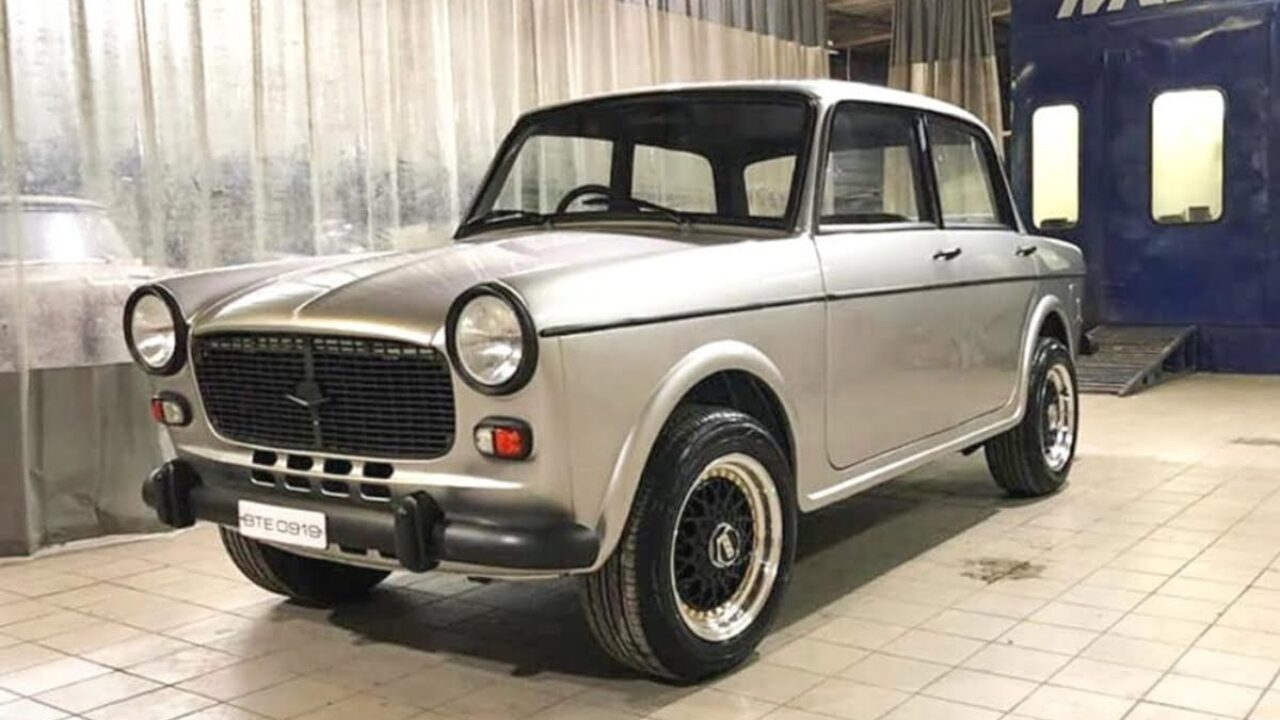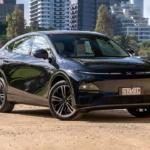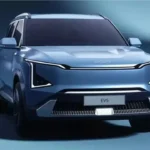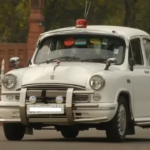The Premier Padmini, an iconic name in the Indian automotive industry, holds a special place in the hearts of millions. Once the pride of Indian roads, the Padmini was the quintessential family car and a symbol of the growing Indian middle class in the 1980s and 1990s. Despite its nostalgic value, however, the Premier Padmini has struggled to maintain its relevance in today’s competitive automotive market. The reality is clear: nostalgia alone cannot save sales in an ever-evolving industry.
Premier Automobiles, the company behind the Padmini, was once a major player in the Indian market. Launched in the late 1960s, the Premier Padmini became synonymous with comfort, reliability, and style. For many, it was a part of their childhood memories, and its place in India’s cultural fabric was solidified over decades. But as the country’s automotive landscape transformed with technological advancements and changing consumer demands, the Padmini gradually became an outdated relic.
The End of an Era: Why Premier Padmini’s Nostalgia Isn’t Enough
While the Premier Padmini was beloved by many for its classic design and spacious interior, the realities of modern automotive technology have rendered it obsolete. The once-reliable engine, the simple features, and the boxy design no longer align with the expectations of today’s car buyers. The Indian market, particularly in the post-liberalization era, has evolved rapidly. Consumers now demand cars that offer advanced features, fuel efficiency, and safety standards that the Premier Padmini simply cannot provide.
In the current automotive market, the Padmini’s nostalgic appeal is not enough to overcome its inherent limitations. The car was well-suited for an era when the country’s roads were less congested and when the concept of car safety was not as critically regarded. Today, however, safety features like airbags, anti-lock braking systems (ABS), and reinforced body structures are paramount to consumers. The Padmini’s design and engineering, while revolutionary at the time, are outdated by modern standards.

The Changing Face of Indian Car Buyers
Over the years, the profile of Indian car buyers has undergone a significant shift. The market now caters to a younger, more tech-savvy demographic. With rising income levels and a greater emphasis on features such as connectivity, fuel efficiency, and sustainability, today’s buyers are not swayed by nostalgia. They seek value, innovation, and modernity. The entry of foreign automakers, alongside Indian giants like Maruti Suzuki, Tata Motors, and Hyundai, has increased the competition and raised the bar for what is expected from a car.
The Premier Padmini, with its aging design and basic features, simply cannot compete with the offerings from these manufacturers. Today’s vehicles come with features such as touchscreen infotainment systems, reverse parking sensors, and hybrid powertrains that make older models like the Padmini appear antiquated and irrelevant.
Nostalgia vs. Practicality
While nostalgia can be a powerful motivator, it is no longer a driving force in the decision-making process for the modern car buyer. The days when the Padmini could captivate the Indian public with its simple charm and spacious cabin are long gone. In an age where car buyers are looking for eco-friendly options and more sustainable choices, the Premier Padmini falls short.
Environmental concerns are increasingly shaping consumer decisions, and electric vehicles (EVs) are gaining popularity. Leading brands are focusing on developing fuel-efficient, eco-friendly cars that are better suited for the modern-day consumer. Premier Padmini’s reliance on traditional internal combustion engine technology, along with its inefficient fuel economy, further makes it unappealing to buyers who are increasingly conscious of their carbon footprint.
Efforts to Revive the Padmini Brand
Over the years, there have been several attempts to revive the Premier Padmini. From discussions about reintroducing modern versions of the car to incorporating updated features, the brand has made multiple efforts to reclaim some of its lost glory. However, each attempt has fallen short of expectations, with the car’s aging infrastructure proving to be a significant hindrance. Furthermore, the growing presence of global automakers and the ever-increasing number of indigenous electric vehicle (EV) startups have made it even more difficult for the Padmini to regain its lost market position.
Even though Premier Automobiles did re-enter the market with newer offerings, such as the Premier Rio and the Premier 118NE, they failed to capture the public’s imagination the way the Padmini had done decades ago. Consumers no longer associate the Premier brand with innovation or modernity, making it increasingly difficult for the company to make any significant headway in the competitive market.
Can Premier Automobiles Make a Comeback?
While the Premier Padmini is unlikely to make a significant return to Indian roads, the broader question remains: can Premier Automobiles make a successful comeback in the automotive industry? Revitalizing the brand will require more than just capitalizing on the nostalgia surrounding the Padmini. Premier Automobiles needs to focus on creating modern, cutting-edge vehicles that appeal to today’s tech-savvy, environmentally conscious consumers.
To make a successful comeback, Premier will have to focus on key areas such as sustainability, technology, and safety. The company could look toward creating affordable electric vehicles or small, fuel-efficient cars that cater to the growing demand for green mobility. Partnerships with tech companies or collaborations with global manufacturers could also help Premier Automobiles leapfrog into the future.
Additionally, Premier could focus on rebranding itself and shedding its outdated image. A shift toward innovation and sustainability, combined with an understanding of evolving consumer preferences, could help the brand carve a niche in the competitive automotive market. However, it will require a complete overhaul of the company’s mindset and infrastructure to make any meaningful impact.
Conclusion: The Padmini’s Legacy Lives On, but the Future Looks Uncertain
The Premier Padmini will always hold a special place in the hearts of those who grew up with it, but nostalgia alone cannot save it in today’s fast-paced, technology-driven world. Despite its historical significance, the car has been left behind by more modern, efficient, and stylish options that meet the needs of today’s consumers.
For Premier Automobiles to thrive in the future, it must embrace innovation and shift away from relying on its past glory. The road ahead for the company is filled with challenges, but if it can rebrand itself, embrace sustainable technology, and align its products with consumer demands, there may still be hope for a comeback. Until then, the Premier Padmini remains a symbol of a bygone era, admired for its nostalgia but unable to compete in the contemporary market.







